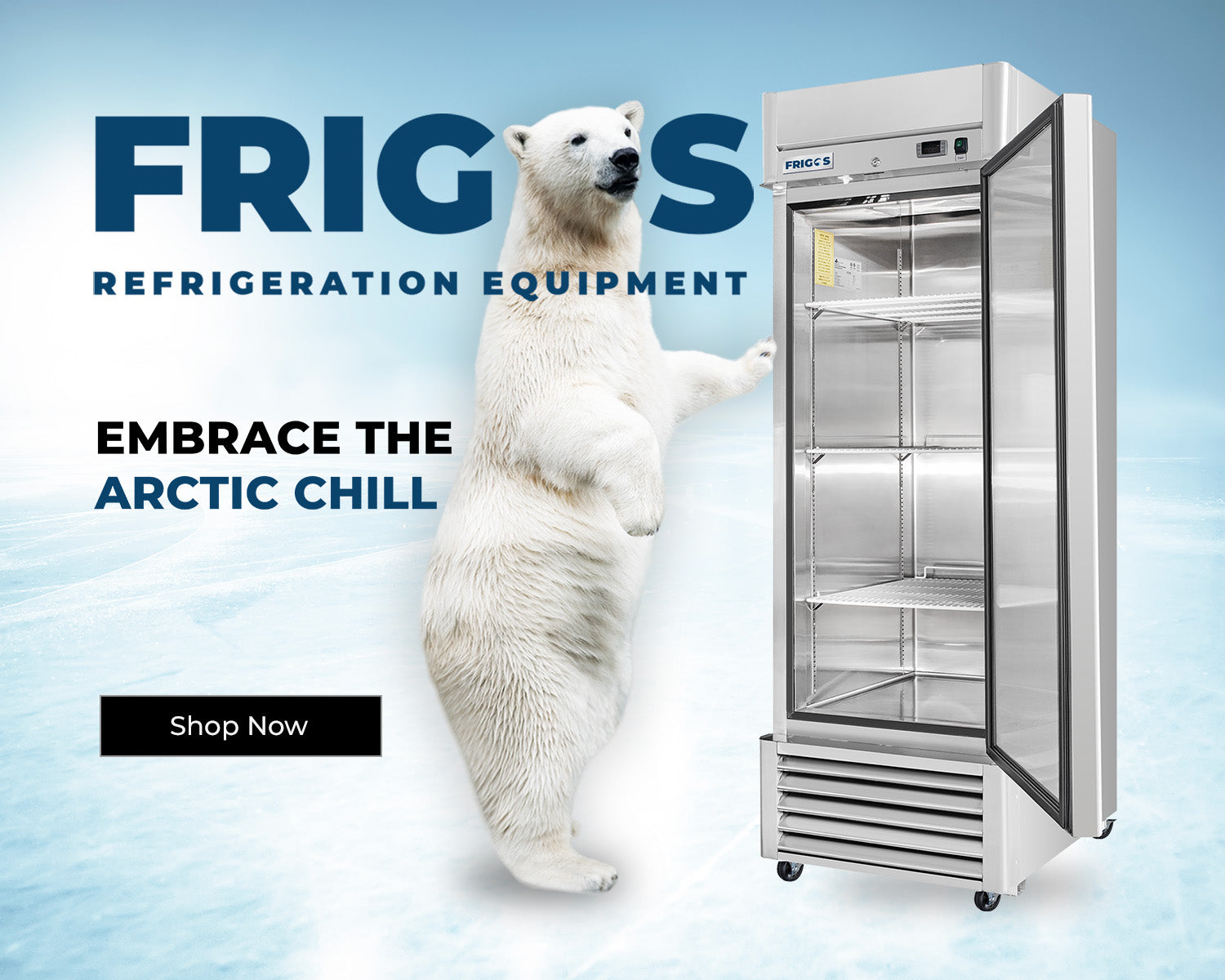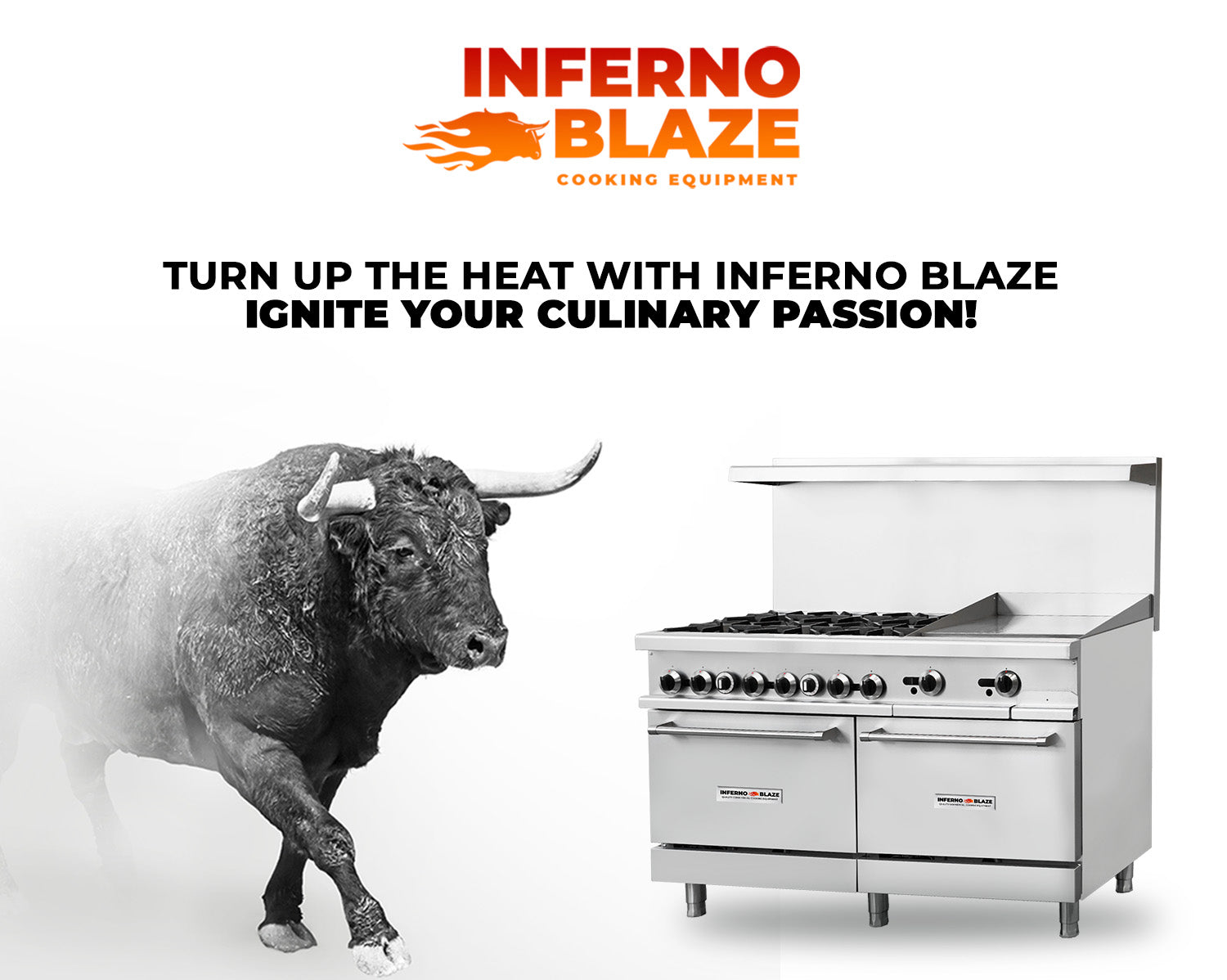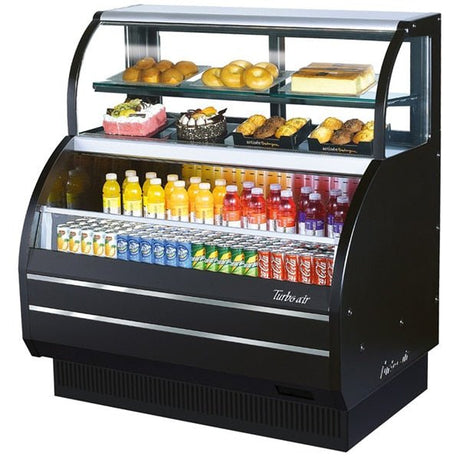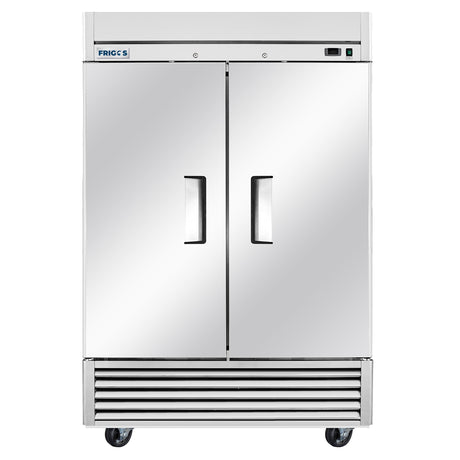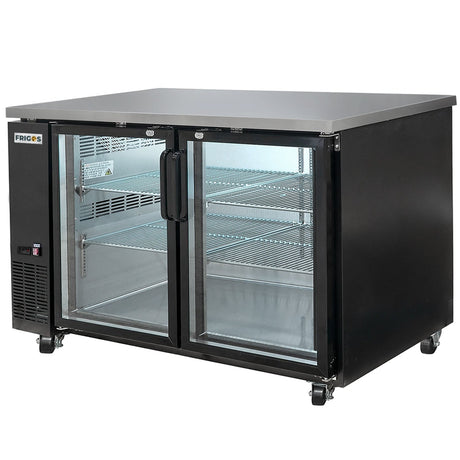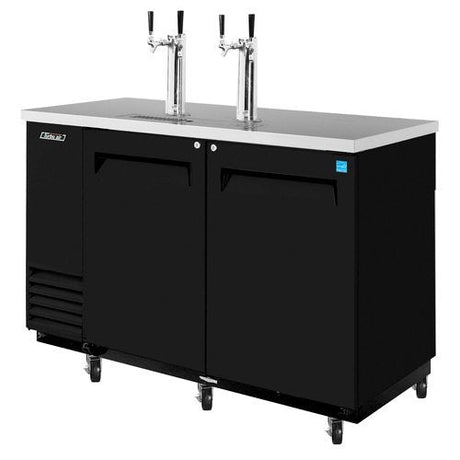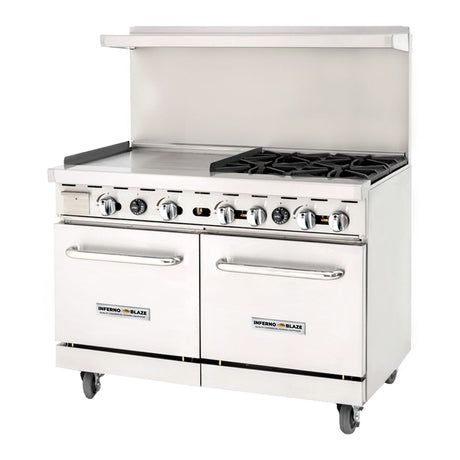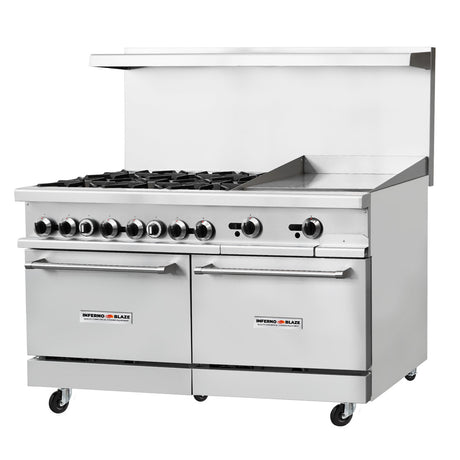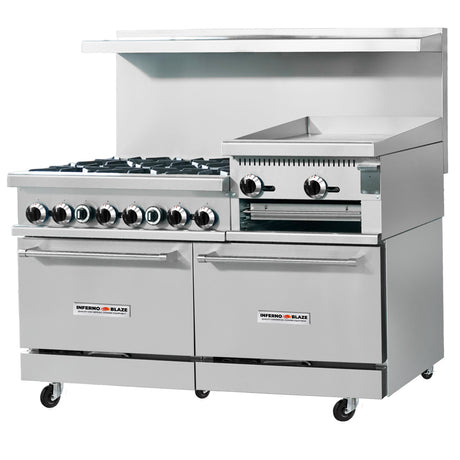Whether you're in the business of serving up flame-kissed burgers, juicy steaks, or mouthwatering chicken breasts adorned with tantalizing grill marks, a charbroiler is your trusted companion in the culinary world. If your current charbroiler is on its last legs or you're looking to add one to your kitchen arsenal, you've probably noticed the myriad of choices available. This charbroiler buying guide is here to help you make an informed decision and explore the options at your disposal.
See our: Storage with Our Reach-In Freezers.
What is a Charbroiler?
Charbroilers are a fantastic way to infuse a smoky, char-grilled flavor into your dishes, whether it's steak, chicken, fish, or even grilled sandwiches and vegetables. They operate at high temperatures, often reaching 550 degrees Fahrenheit and beyond. These appliances feature burners evenly spaced across the bottom of the unit, usually positioned about 12 to 15 inches apart. Premium models reduce the gap between burners, offering more even heating, better control, and concentrated output.
Types of Charbroilers
When it comes to charbroilers, one size doesn't fit all. There are various types available to cater to the unique needs of your operation, depending on factors such as volume, menu, and available space. Here's a quick rundown:
Countertop Charbroilers
- Perfect for compact kitchens.
- Ideal for placing on an equipment stand or refrigerated chef base.
- Compact design for small spaces.
Freestanding Charbroilers
- Floor models designed for heavy-duty use.
- Many models come with a cabinet-style base that can hold plates and platters.
- Suitable for larger kitchens and restaurants.
Outdoor Charbroilers
- Ideal for catering applications, country clubs, and resorts.
- Typically feature casters for easy portability.
- Perfect for outdoor grilling events.
Discover Our Top: Commercial Ovens.
Electric Charbroilers vs. Gas Charbroilers
Charbroilers are available in both electric and gas configurations to suit your kitchen's specific needs. Electric charbroilers are an option for operations without a gas utility line, utilizing heating elements. Gas charbroilers, on the other hand, are more common, using radiant or lava rock heating methods to cook food. They are available in both liquid propane and natural gas configurations, often including conversion kits for added flexibility.
Radiant vs. Lava Rock Charbroiler
One of the key distinctions among commercial charbroilers is how they heat food. The choice between radiant and lava rock charbroilers is a common conundrum. Here's a brief overview of both:
Radiant Charbroilers:
These have burners positioned beneath an angled metal piece known as a radiant. This design directs heat towards the grates and food, effectively channelling grease and drippings away from the flame and into a drip pan. Radiant models produce controlled, smaller flare-ups and are generally easier to clean.
Lava Rock Charbroilers:
Lava rock charbroilers feature a bed of porous ceramic "lava" stones placed above the burners. These stones heat up and radiate heat upwards, catching and holding drippings. This enhances the smoky flavor and creates more intense flare-ups. While some chefs prefer lava rock models for the added flavor, they require more maintenance and cleaning. Most manufacturers recommend replacing the lava rocks at least twice a year.
Ultimately, the choice between radiant and lava rock comes down to personal preference.
Other Features to Consider
Browse our best-selling : Commercial Refrigerator-Freezer Combos.
Reversible/Adjustable Grates
Most charbroiler grates come in sections that can be lifted out for cleaning. Some models offer adjustable grates, allowing you to change the height of specific sections for greater cooking flexibility.
Grate Material and Style
Most commercial charbroilers come with cast iron cooking grates, known for their durability and heat retention. Outdoor charbroilers might feature stainless steel or chrome-plated grates for corrosion resistance. Additionally, some grates have different widths, allowing you to create distinctive grill marks by flipping them over.
Back and Side Splashes
Many charbroiler models include metal back and side splashes to contain grease splatter, making cleanup easier and more efficient, especially when you have multiple cooking appliances side by side.
Cast Iron or Stainless Steel Burners and Radiants
Charbroilers often feature either cast iron or stainless steel burners and radiants. Cast iron is excellent at retaining heat but tends to rust and corrode more quickly. Stainless steel options resist corrosion better but may not retain heat as effectively.
Grease Pan/Water Pan
All charbroilers have a grease collection pan to handle drippings. Some manufacturers recommend adding water to the pan, making cleanup easier as the grease mixes with the water instead of burning onto the pan's bottom.
Discover: Cooking Equipment Spare Parts and Accessories
Care and Cleaning
Proper maintenance is essential for the longevity and performance of your charbroiler. When you receive a new unit, it likely has a protective coating on the grates that needs to be burned off before your first use. Seasoning the grates is also a good idea to prevent food from sticking. Regular cleaning using wire brushes and scrapers is essential to remove grease and carbon buildup. Don't forget to empty the grease pan and water pan as part of your daily routine.
In conclusion, choosing the right charbroiler for your kitchen is a matter of considering your specific needs and preferences. Whether you opt for radiant or lava rock, electric or gas, adjustable grates, or various grate materials, keeping your charbroiler clean and well-maintained is key to ensuring mouthwatering results and a long-lasting appliance in your culinary arsenal. Happy grilling!






